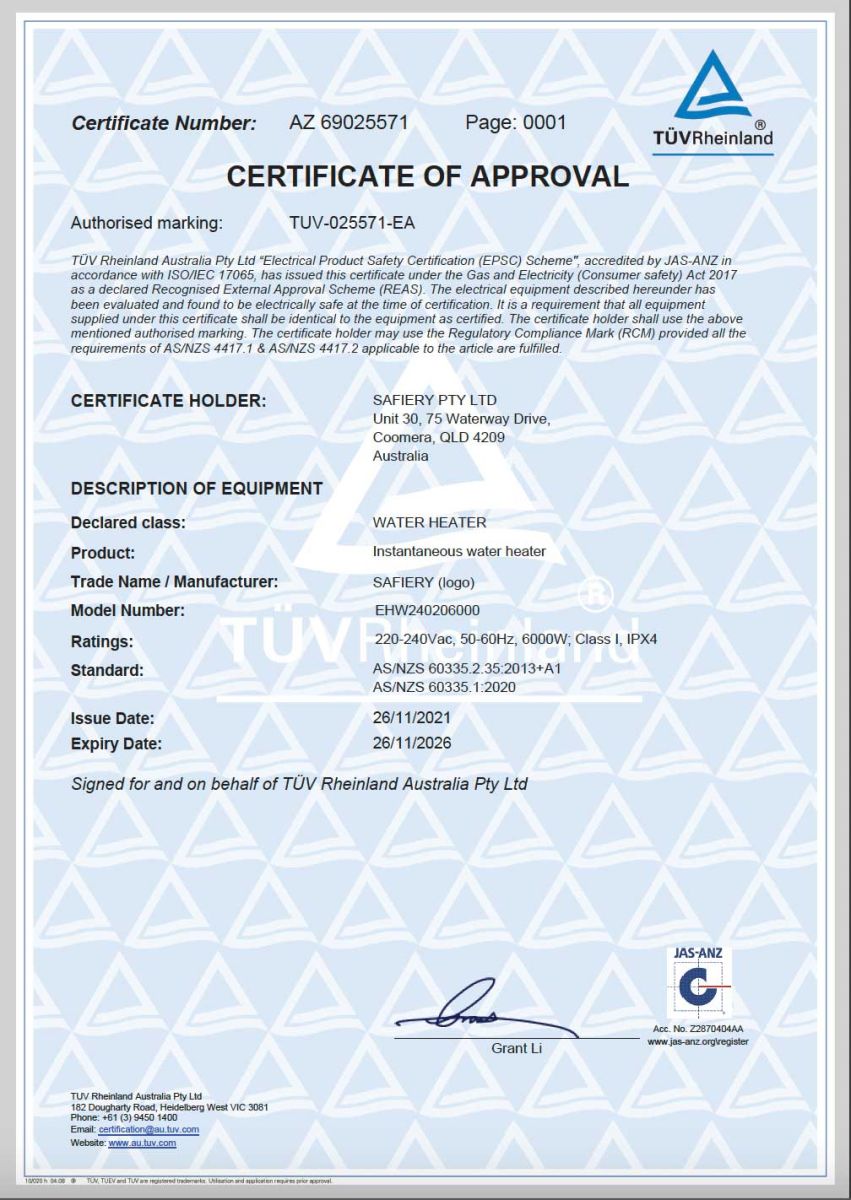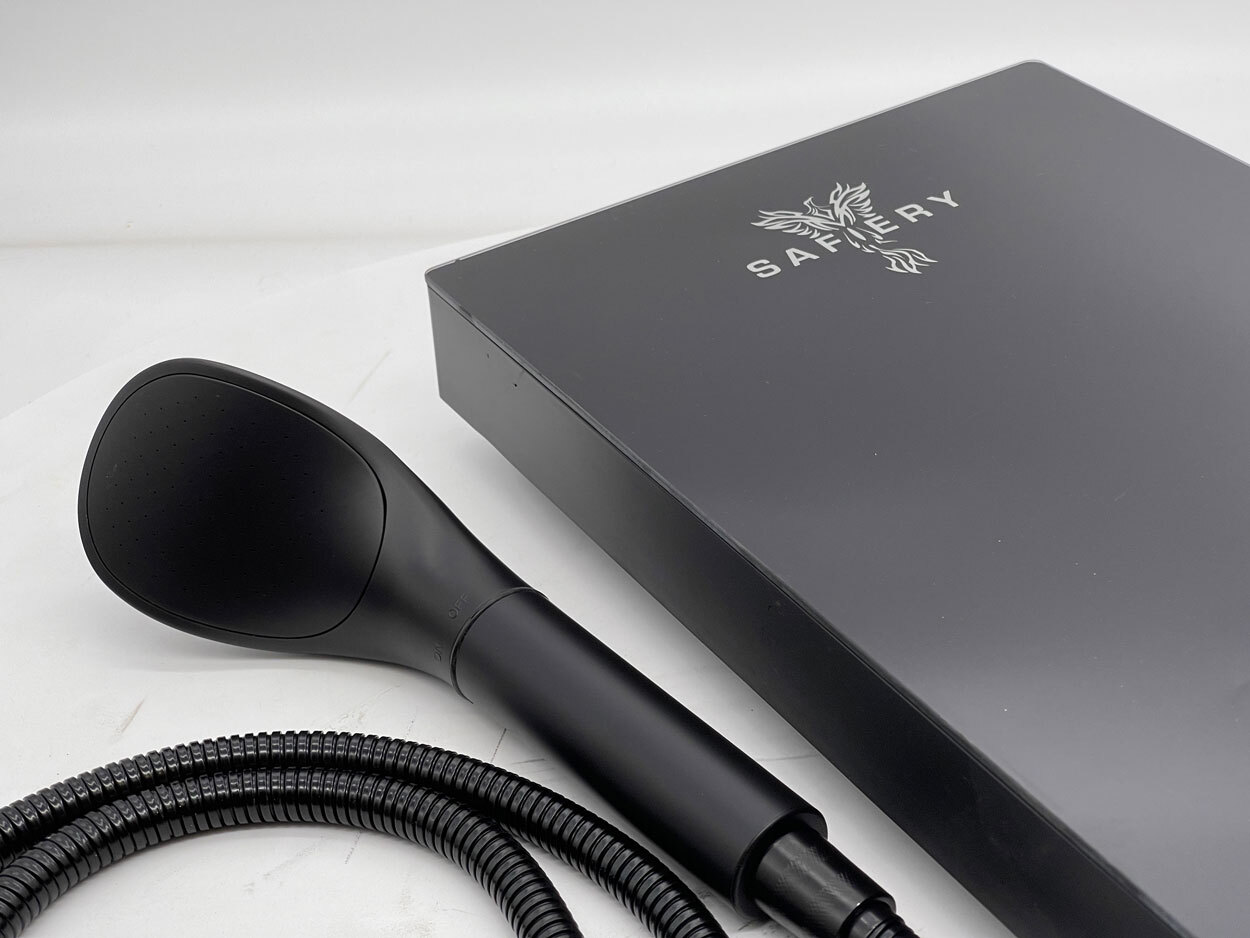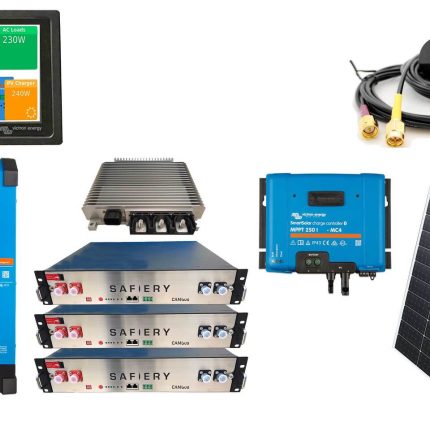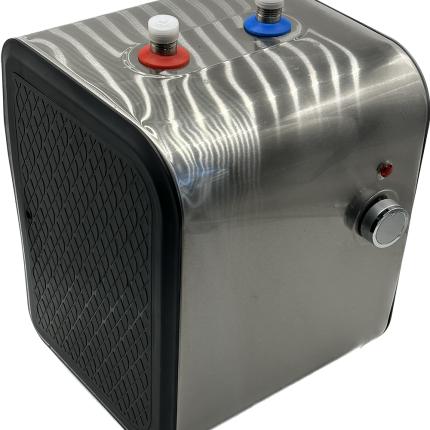 Hot Water System Choices for 4WD and RV
Hot Water System Choices for 4WD and RV

Hot water is one of the greatest uses of energy for the traveller.
Gas hot water systems have several problems:
- Operate at around 40% efficiency and are relatively costly to run.
- Are vulnerable to dust ingress into burners rendering them unreliable.
- Are bulky & heavy when the weight of the gas bottle and mandatory tank is included.
- LPG is a highly flammable and dangerous energy source.
- Require venting as they consume oxygen and emit dangerous Carbon gasses.
Electric Hot Water system have several advantages:
- Electric power can be generated by solar or alternator or both and are inexpensive to run.
- Are sealed units unaffected by dust
- Are lightweight and compact in either tankless or tank versions
- Are protected by circuit protection creating a perfectly safe syste.
- Do not require venting.
Tankless Electric Hot Water
These are commonly called “Instant Hotwater” and are compact and most efficient. However, to heat water passing through at “speed” requires a lot of power. So they require a high amount of power but use the least amount of energy as they are only “on” for a short period of time.
To achieve 55C from cold 15C water requires 6,000-7,000W of power. As the water source gets colder, the power required rises.
This is too much for even 6,000W Inverters so a different customised solution was needed for the RV market.
Problem Solved
This Instant Hot Water operates at a range of power settings.
These settings are from: 2,500W to 6,000W.
Once a setting is locked, the system retains it in memory and will restart after power off/on to your required setting.
The result is a slim compact and brilliant instant hot water!
The idea is to avoid a mixer and simplify the plumbing. Works a treat. Watch the video.
The temperature may change according to water source temperature and flow rate.
We have customised the starting power rate to be set on setting “6” on a 2-9 scale which corresponds to 4,450W.
Instant Hot Water (Tankless) Tested Results in Coomera in summer with water at 20C to start:
Please note that we are in summer and the water is around 20C. In winter if the water is only 10C, then the output temperature will drop by a similar amount. Second point to note is the flow rate. The unit comes with a flow control valve which is screwed to the input nipple. We are using a small submersible pump in a double Jerry (40L) in this test. The shower rose and black hose are supplied as part of the kit. We estimate the flow to be between 2.5 Land 3 L /minute. This is low, but you want it low to conserve water. With the right adaptor, it is possible to pump from the stream or billabong for an endless shower… (the batteries will allow for close to 2 hours – should suit every teenager).
|
Hot Water |
Power Used |
Temperature |
Flow rate |
|
6 |
4,450W |
44C |
2.9 Approx |
|
5 |
3,500W |
38C |
2.9 Approx |
|
4 |
3,032W |
34C |
2.9 Approx |
|
3 |
2,173W |
29C |
2.9 Approx |
A comfortable shower temp is 40-45C.
For a 5 minute shower, 10-12 L of water is used and 218Wh or 17Ah (12V)of energy.
















